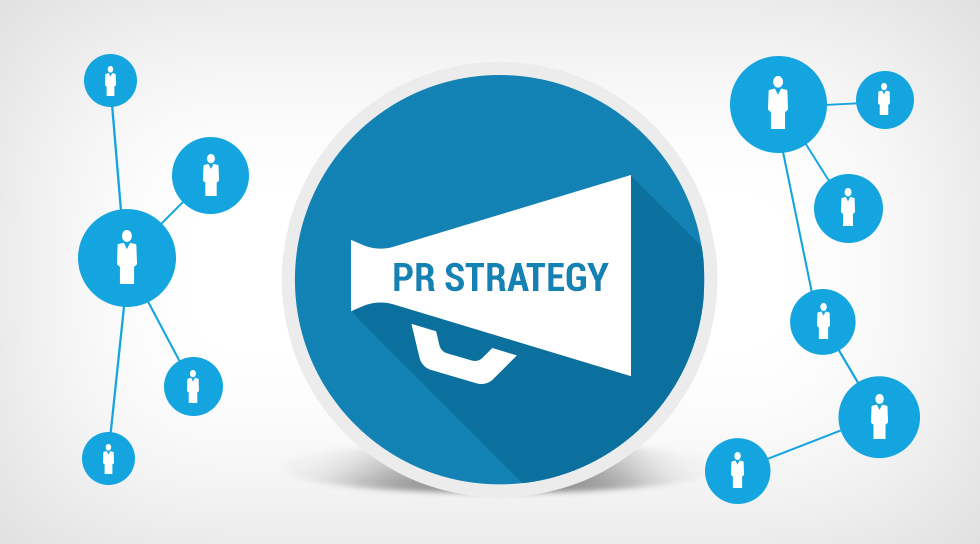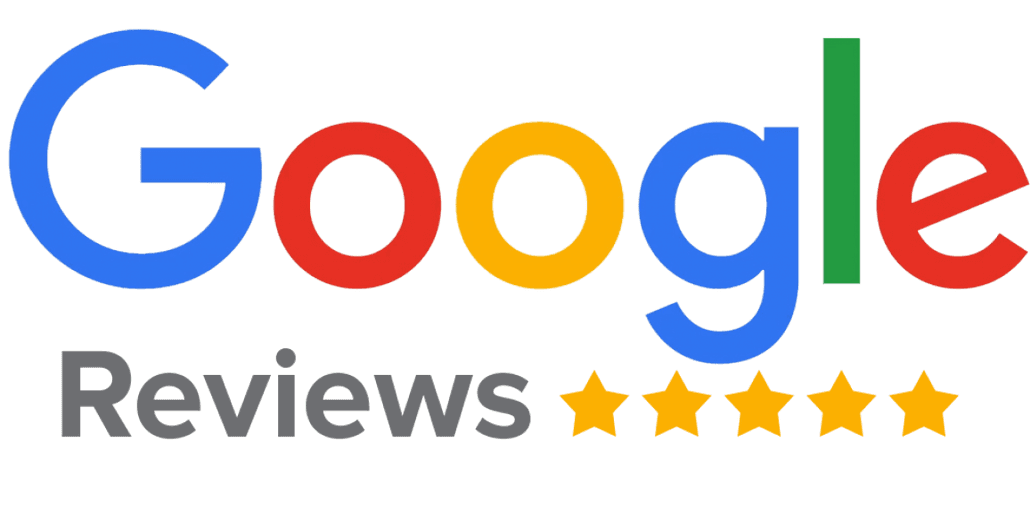Building public relations in business is the art of creating a favorable image of your company to the general public. The aim is to boost your reputation, create a bond of trust with your customers, and improve brand awareness.
But how do you do this and where do you start? The best way is to undertake strategic public relations i.e. a considered and crafted approach where you treat PR as a task – something that you can work on in a formulaic process and this is what we look at in the below article. I discuss the importance of PR and offer a simple 5-step guide to creating public relation strategies.
The Importance of PR in Modern Business
First, let’s take a look at why a business should bother with PR. It is a process that can get shunted to the back in favor of other actions like marketing, but shouldn’t be as it offers the following benefits:
- Improved brand awareness.
- Higher website traffic.
- A boost to social media following.
- Increased sales and profit.
- Greater customer retention.
A positive public perception is incredibly beneficial for businesses as after all, without customers, businesses wouldn’t exist. It affects multiple areas of your business indirectly and can ultimately lead to more sales and profit.
A Step-by-Step Guide to Public Relation Strategies
If you want to have effective PR, you must create focused strategies and have a clear plan of action. Without this, your PR efforts will be splintered and their effectiveness reduced. Below, I have created a simple 5-step guide to create and improve your PR strategy.
Step 1 - Define your target audience
In most areas of business such as marketing and sales, the underlying key to success is knowing your target audience. This is true for PR strategy and if you don’t know who your ideal customers are, how can you hope to communicate with them?
You can go into this with as much detail as you want and the more info about your target audience you can gather, the more effective and focused your PR strategy should be.
Basic information to find includes typical age ranges, regions, average income, and spending habits. Other things to consider include social media preferences, and how your customers search for info and products.
With this target audience information, you should then be able to understand what PR voice to use and what channels will serve you the best.
Step 2 - Set PR goals
Any public relation strategies should be monitored too so you can assess their effectiveness. For effective monitoring, you need goals to strive towards. A digital PR agency can help define goals, but examples could include:
- Grow your social media presence by X%.
- Improve brand mentions and share of voice in your industry.
- Boost sales by X quantity.
- Improve website traffic.
- Boost conversions.
Many of these goals are easy to quantify using tools like Google Analytics, but some are less tangible and require more research such as brand mentions and shave of voice. Regardless, you need a set of realistic goals to benchmark your PR strategy progress against.
Step 3 - Develop PR tactics
With the target customer info and goals set, it’s now time to build your PR tactics and define what you actually intend to do. You should have a clear set of actionable steps assigned to relevant staff members with clear deadlines. Examples of potential PR tactics could include:
- Reaching out to journalists on social media or digital newsrooms.
- Reaching out to news sites.
- Social media interactions with followers.
- Creation of custom hashtags on X and Instagram.
- Creation of email newsletters.
- Support of charitable causes.
Make sure to keep things direct and focused – don’t give vague instructions and make sure that everyone involved understands what is expected including the PR goals and timeframe.
Step 4 - Start your PR campaign
You should now have all the tools, info, and actions needed to launch your PR campaign. It’s ideal to set a timeframe for these actions such as a month as this gives everyone a clear deadline, but also allows time for the effect to be realized so that you can measure the PR success afterwards.
Step 5 - Monitor, review, and adjust
Hopefully, your hard efforts and focused actions should yield results but you have to be sure of this and review your PR strategy.
Set a regular review date where all the team members involved can come together to discuss the process, suggest improvements, and most importantly, dissect the results. You can use analytical tools such as Google Analytics to help with this.
The aim is to compare the PR strategy results with your original goals. Even if you met your goals, you should still look at ways to improve your strategies and strive for continual improvement. After this, you can look to start the process again either with the same strategies, or re-focused new ones.
Your initial PR strategies may be underwhelming and you may not immediately meet your goals but perseverance is key and reviewing and making adjustments is an integral part of this.
Effective PR Strategies are an Integral Part of Developing Your Business
It’s incredible how many businesses disregard PR and do not form an effective strategy to boost their image and brand awareness. Oftentimes companies are solely concentrated on sales, marketing, and other aspects and while these are important, PR should not be overlooked. A watertight PR strategy can naturally lead to more sales and enhance your marketing and SEO while also forging important relationships with your customers.










